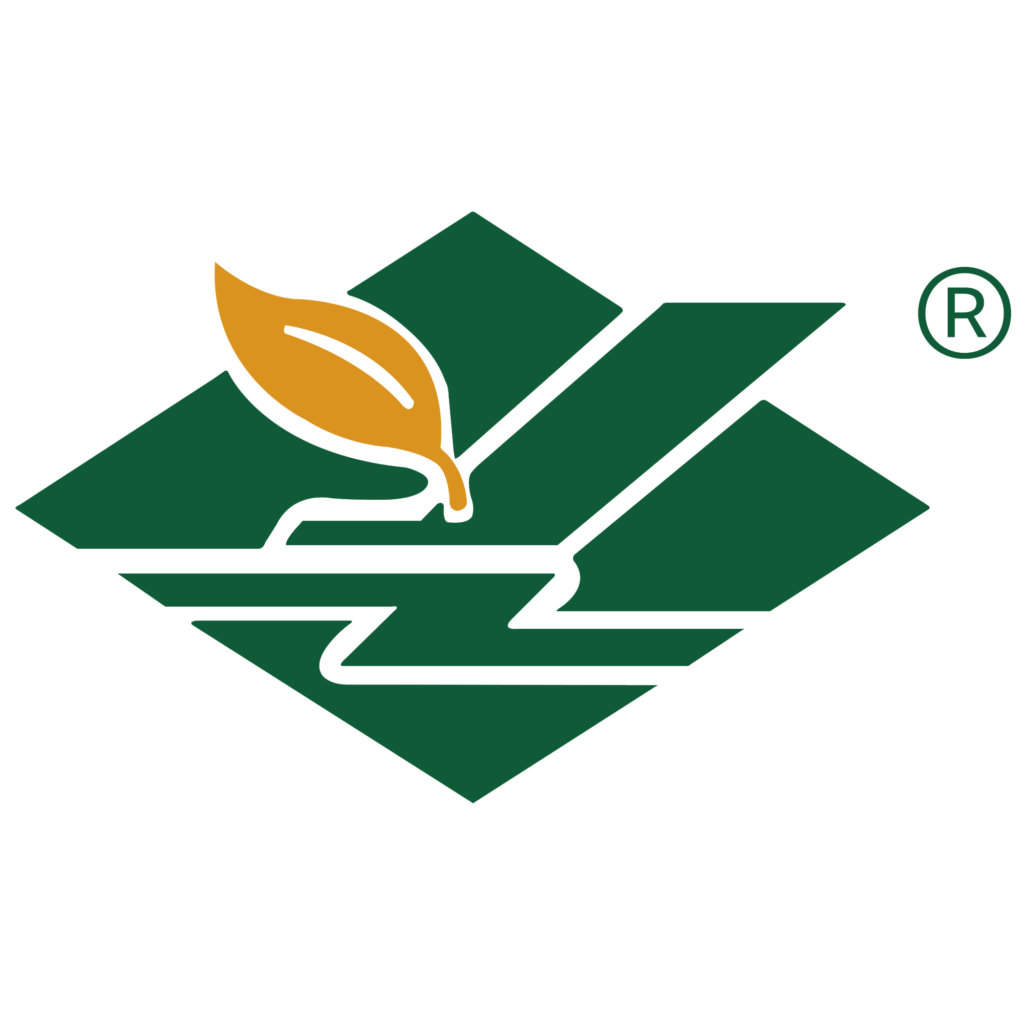When it comes to farm irrigation, picking the right hose size is key to getting water to your crops efficiently. The size of the hose affects how much water gets to your fields and how easy it is to handle and move around your farm. In this article, we’ll look at the different hose sizes, materials, and practical considerations that can help you choose the best hose for your irrigation needs.
Hoses come in different sizes; the most common sizes are ½”, ⅝” and ¾” in diameter. We recommend ½” hoses. This size allows for a good flow of water without making the hose too heavy to move around the yard.
Understanding Hose Sizes
Hoses come in different sizes, including ½ inch, ⅝ inch, and ¾ inch. Each size has its own benefits depending on your irrigation needs. A ½ inch hose is a good all-around size that balances water flow with ease of use. It’s a popular choice for many farmers. Larger hoses, such as the ¾ inch size, give you more water flow but can be heavier and more cumbersome to move, especially over larger areas.
The material of the hose is another important consideration. Rubber hoses are very durable and won’t crack, so they’re great for heavy-duty farm use. Vinyl hoses are lighter and less expensive, but they may not last as long under harsh conditions. Reinforced hoses, which have an extra layer of material, give you a good balance between durability and flexibility.
Matching Hose Size with Sprinkler Type
The type of sprinkler you use on your farm can significantly influence the best hose size for your setup. For instance, oscillating sprinklers, which are common in large farm fields, often perform best with a ¾ inch hose that can deliver a high volume of water. Rotating sprinklers, on the other hand, may work well with a ⅝ inch hose, providing a steady flow without overwhelming the sprinkler mechanism.
Impact sprinklers, known for their durability and long reach, typically require a hose with a higher diameter, such as ¾ inch, to operate efficiently. Matching the hose size with the sprinkler type ensures that your irrigation system operates at its optimal capacity, providing even water distribution across your fields.
Practical Considerations
Before selecting a hose, it’s important to measure your water pressure. Knowing the pressure at your spigot can help you determine the best hose diameter for your irrigation system. Higher water pressure can support a larger diameter hose, while lower pressure might require a smaller hose to maintain good water flow.
The length of the hose is another important consideration. On large farms, you may need a 100-foot hose to reach all areas of the field. However, the longer the hose, the more the water pressure drops over the length of the hose. This means you may need to balance hose length with diameter to ensure you get consistent water delivery.
Finally, consider the flexibility and ease of handling the hose. A more flexible hose is easier to move around obstacles like trees or farm equipment, making your irrigation tasks easier.
Recommendations
For most farms, a ⅝ inch or ¾ inch hose will provide the best balance between water flow and ease of use. If you have a large area to cover and need to move the hose frequently, a ⅝ inch hose may be the most practical choice. For farms with higher water pressure and more demanding irrigation needs, a ¾ inch hose may be more suitable.
Taking care of your hose is also important to extend its life. Store your hose in a cool, shaded area when you’re not using it, and drain it after each use to prevent water from freezing inside during colder months. Regularly check for leaks and replace any damaged sections to make sure your irrigation system continues to operate efficiently.
Conclusion
Picking the right hose size for your sprinkler system is key to getting the most out of your farm irrigation. By considering things like hose diameter, material, and the type of sprinkler you use, you can make sure your water delivery system is set up to meet your farm’s needs. Don’t forget to measure your water pressure and think about the hose’s length and flexibility to make sure you’re making the best choice for your farm.



